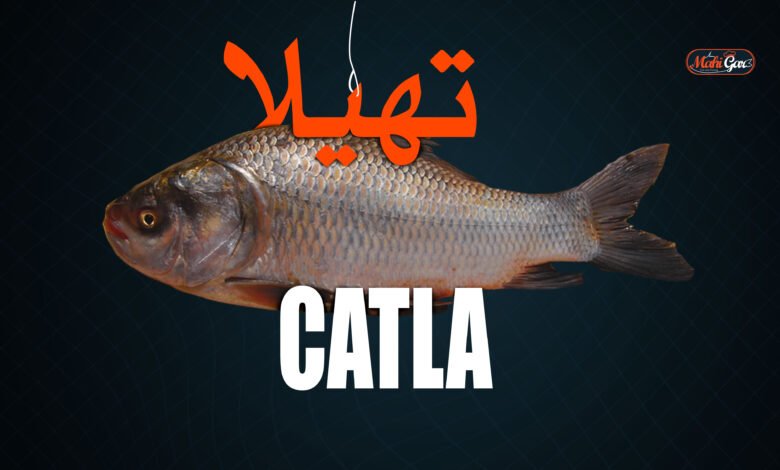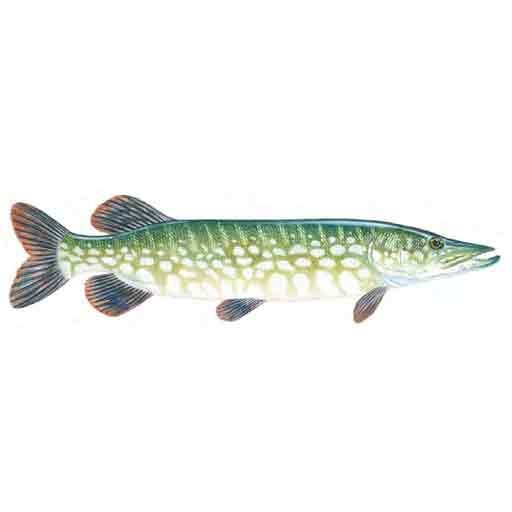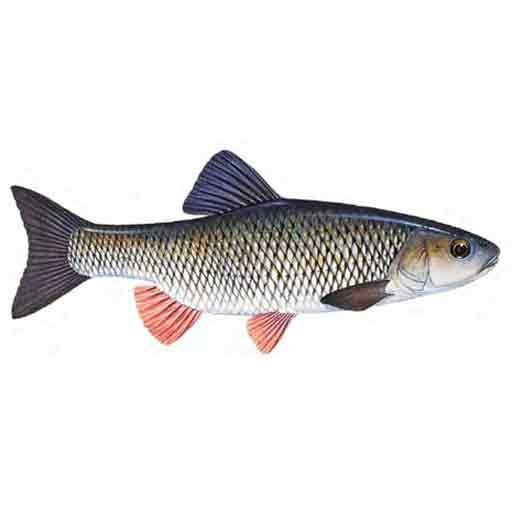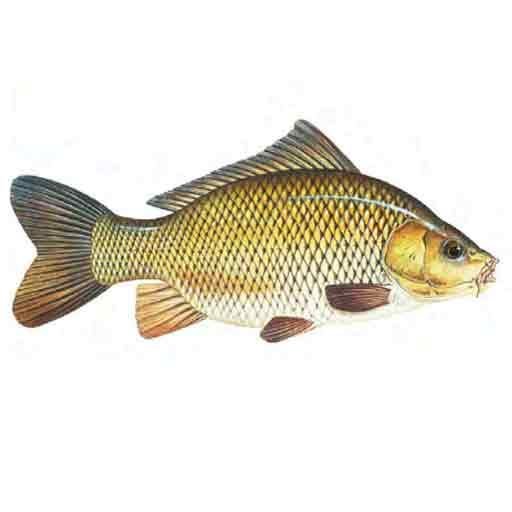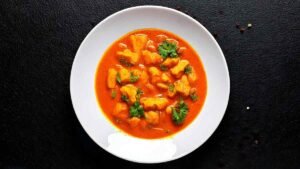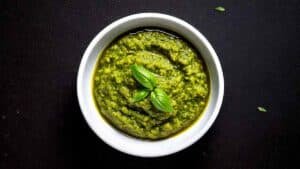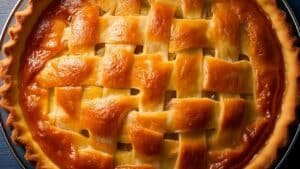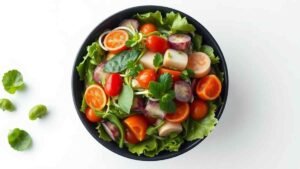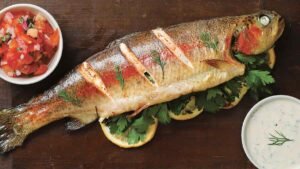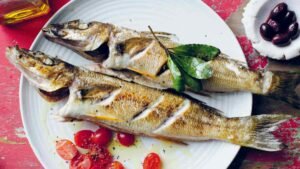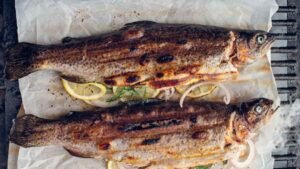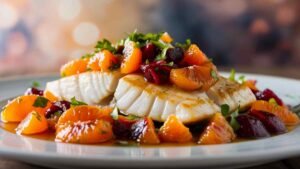Catla fish is a freshwater fish that belongs to the carp family. The scientific name of Catla fish is Catla catla It is one of the most commonly consumed fish in South Asia, particularly in Pakistan, Bangladesh, and India. Catla fish is a nutritious and delicious source of protein that can be cooked in various ways.
In this article, we will discuss the Catla fish, its physical characteristics, habitat, nutritional value, and cooking methods. We will also share some interesting facts about this delicious fish.
Table of Contents
Names
Catla fish is known by different names in different regions. In India, it is commonly referred to as ‘Katla,’ while in Bangladesh, it is called ‘Katol.’ In Pakistan, it is known as ‘Thaila.’ Catla fish is also known as the Indian Carp or Major Carp.
Physical Characteristics of Catla Fish
The Catla fish, also known as the Indian Carp, is a freshwater fish that belongs to the carp family. It is a large fish that can grow up to 1.83 meters in length and weigh up to 45 kg. The fish has a deep, flattened body and a slightly arched profile. Its head is large and has a concave forehead. The mouth is wide and is located on the underside of the head.
The Catla fish has a silver-colored body with a greenish back. Its scales are large and can be easily removed. The fins are reddish-brown in color and have a yellow tinge. The fish has a powerful tail that helps it swim in fast-moving waters.
Habitat of Catla Fish
The Catla fish is found in rivers and lakes in South Asia, including Bangladesh, India, Pakistan, and Nepal. Catla fish is primarily found in the rivers and lakes of South Asia. It is a freshwater fish that can survive in a wide range of temperatures, from 14°C to 38°C. Catla fish is often found in large rivers and lakes with slow-moving or standing water.
It is a surface feeder and is known to consume both plant and animal matter. The fish is omnivorous and feeds on plankton, insects, and small fish.
Nutritional Value of Catla Fish
The Catla fish is an excellent source of protein, omega-3 fatty acids, and vitamins. A 100-gram serving of Catla fish contains 21 grams of protein, 2 grams of fat, and 90 calories. The fish is also rich in vitamins B12 and D, and minerals such as calcium, iron, and phosphorus.
Cooking Methods for Catla Fish
The Catla fish is a versatile fish that can be cooked in a variety of ways. It has a firm texture and a mild, sweet taste that makes it ideal for curries, stews, and frying. One popular way to cook Catla fish in Bangladesh is to make a curry using a combination of spices such as cumin, coriander, turmeric, and chili powder. The fish can also be fried with a crispy coating or grilled with a marinade.
Catla fish is a versatile ingredient that can be cooked in various ways. Here are some popular cooking methods for Catla fish:
1 Fried Catla Fish
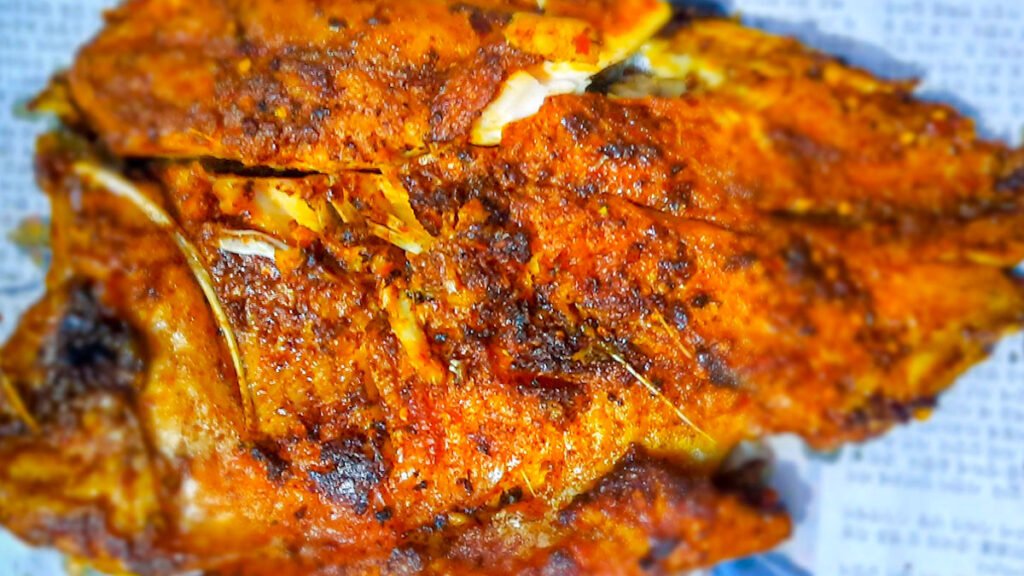
This is one of the most popular ways of cooking Catla fish. The fish is marinated with spices and then fried until crispy and golden brown.
2 Catla Fish Curry
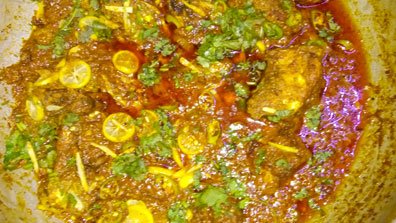
Catla fish is often used to make curries in South Asian cuisine. The fish is cooked in a spicy tomato-based gravy with onions, garlic, and various spices.
3 Grilled Catla Fish
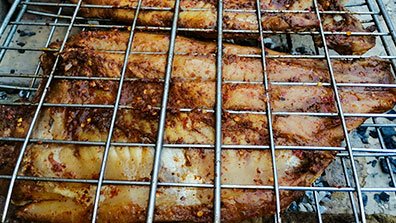
Grilling Catla fish is another delicious way to prepare it. The fish is marinated with spices and grilled until it is cooked through and has a smoky flavor.
4 Catla Fish Bharta
his is a traditional Bengali dish made with mashed Catla fish, onions, garlic, and various spices. It is a flavorful and hearty dish that is often served with rice.
5 Catla Fish Kebab
Catla fish can also be used to make kebabs. The fish is mixed with spices, herbs, and breadcrumbs and then grilled or baked until it is cooked through.
Interesting Facts about Catla Fish
- The Catla fish is an important source of food and income for fishermen in South Asia.
- In Bangladesh, the Catla fish is often used in religious and cultural ceremonies.
- The Catla fish is a popular game fish that is prized by anglers for its size and strength.
- The Catla fish can live for up to 20 years in the wild.
FAQ About Catla fish
What is Catla Fish?
Catla Fish is a freshwater fish species found in rivers and lakes of India, Nepal, Bangladesh, and Myanmar. It is a popular food fish and is highly valued for its taste and nutritional value.
What is the scientific name of Catla Fish?
The scientific name of Catla Fish is Catla catla.
What is the average size of Catla Fish?
Catla Fish can grow up to 1.5 meters in length and can weigh up to 40 kg.
How is Catla Fish prepared?
Catla Fish can be prepared in various ways such as frying, grilling, baking, and currying. It is a versatile fish and can be used in a variety of dishes.
What are the health benefits of consuming Catla Fish?
Consuming Catla Fish can help in improving heart health, brain function, and bone health. It is also beneficial for weight loss and can help in reducing the risk of various diseases.
Is Catla Fish Safe for Health?
Yes, Catla Fish is safe for Health when cooked properly. However, it is important to ensure that the fish is fresh and has been properly stored before cooking.
What is the Calta Fish Name in Pakistan
The Catla fish’s name in Pakistan is Thail and Thaila fish.
Is Catla Fish is Bony Fish
Yes, the Catla fish is a bony fish like other members of the Carp fish family. Although the bone structure is different than Damra fish. Catla Fish have fewer bones than Damra fish. Catla fish bones are thinker than Damra and rohu fish.
Conclusion
In conclusion, the Catla fish is a large freshwater fish that is native to South Asia. It is an important source of food and income for fishermen in the region and is prized for its delicious taste and firm texture. The fish is rich in protein, omega-3 fatty acids, and vitamins, making it a healthy choice for consumers. With its versatility in cooking methods, the Catla fish can be enjoyed in a variety of dishes.
